What is charcoal?
Charcoal is a black carbon-based material that is created by burning wood. It is created by heating the wood to a high temperature (around 1000 degrees Celsius) in an oxygen-free environment, preventing the wood from burning entirely and leaving the carbon behind as soot. It has been used as a drawing material for centuries and is widely used as a medium in art and sketching. Charcoal is available in a variety of types and comes in different grades. Charcoal can either be vine or bamboo-based, and the type of charcoal you choose will affect the texture, quality and intensity of your finished drawing. Charcoal is a versatile material that can be used for more than just drawing and sketching. It can be used for black and white drawings, contour drawings, compositions, and more. When used for drawing, charcoal is applied to the paper using either a pencil grip or a kneaded eraser technique.
Benefits of drawing with charcoal
- Charcoal has a bold and intense texture that can add depth and emotion to a piece. The bold, dark lines of charcoal are perfect for drawings that are meant to be dramatic or powerful.
- While charcoal can add visual intensity, it can also be used to create soft, delicate imagery. A piece using charcoal can have a delicate and soft feel while still being bold and impactful.
- Charcoal is a great medium for creating quick sketches. The bold, dark lines created by charcoal make it a perfect choice for those who need to create a sketch quickly.
- Charcoal is a versatile medium that can be used to create a variety of drawings. There are many types of charcoal, each with its unique texture, making it possible to create a wide range of drawings using charcoal.
Types of charcoal
- Hard or vine charcoal - Hard or vine charcoal is made from pieces of wood that have been burned at a high temperature. Vine charcoal is the most common type of charcoal used for drawing, sketching, and other art projects.
- Soft or reed charcoal - Soft or reed charcoal is made from pieces of wood that have been charred at a lower temperature to make it easier to mix and blend. It is softer, which makes it easier to blend when applying color.
- Black blocks - Black blocks are a type of charcoal that is compressed, making it easier to break off pieces for use. This type of charcoal is best for those who want a cleaner line and don't want the granules that come with other types of charcoal.
- Pastels - The marks made with a pastel are not considered true drawings, as they are more of an impressionist art form. The marks are made using a stick that is made of a powdered pigment or colored clay that is wrapped in paper or a wool-like material. The marks are applied using a rubbing motion to create a color on the surface.
Essential charcoal drawing supplies
- Paper - The type of paper you use will affect the quality and intensity of your drawing. Drawing paper is best for detailed and precise sketches, while watercolor paper is better for creating bold and intense drawings. Experiment with different types of paper and see which works best for you.
- Charcoal - The type of charcoal you choose will affect the texture, quality, and intensity of your drawing. Soft and coarse charcoal is great for creating bold, dramatic drawings, while hard and fine charcoal is perfect for detailed drawings and sketches.
- Eraser - You may need to erase some marks and create new ones while working on your drawing, making an eraser essential charcoal drawing supply.
- Sharpener - You will need a sharp pencil to create precise marks, which a regular pencil won't be able to do. A charcoal pencil needs to be sharpened regularly to keep it at a useful size.
- Blender - You can use a blender to mix and blend different colors when working on your drawing.
Charcoal drawing techniques
- Contour drawing - A contour drawing traces the outline of objects or people. It is often done with black ink, but it can be done with charcoal as well. A contour drawing is great for capturing the essence of an object or person. - Blending - Blending is used to mix two or more colors to create an entirely new color. Blending is best for drawings that are meant to look less precise and more natural and flowing.
- Shading - Shading is used to create shadows and depth in a drawing. To shade a drawing with charcoal, you will want to apply a layer of charcoal to the entire drawing.
Common mistakes to avoid in charcoal drawing
- Drawing on the wrong side of the paper - When using drawing paper, you will want to make sure you are drawing on the side of the paper that doesn't have the texture. If you draw on the wrong side, you will get bold, rough lines as opposed to a detailed and precise sketch.
- Trying to draw straight lines - Drawing with charcoal doesn't have to be perfect. Trying to create perfectly straight lines is a mistake that many beginners make when using charcoal. Instead, focus on using quick, bold strokes and blending different colors to create a more natural and flowing effect.
Charcoal drawing tips and tricks
The best way to get better at drawing is to practice. If you have a specific drawing in mind, try sketching it out with charcoal until you are happy with the outcome. If you are a beginner, don't let the fear of making a mistake stop you from trying out a new medium. There is a lot to learn when it comes to drawing with charcoal, and it takes practice to get the hang of it. Make these mistakes and learn from them so you know what to avoid when creating your next charcoal drawing.
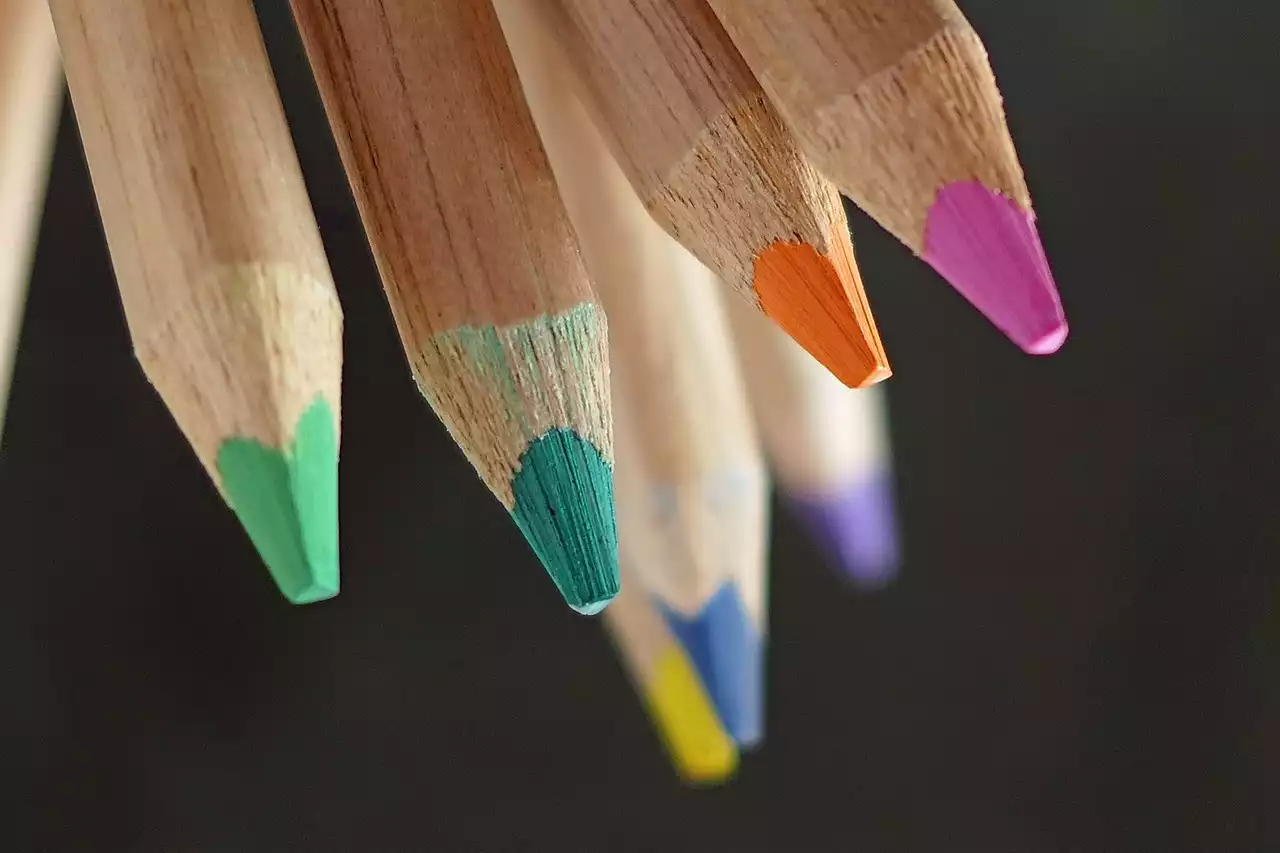
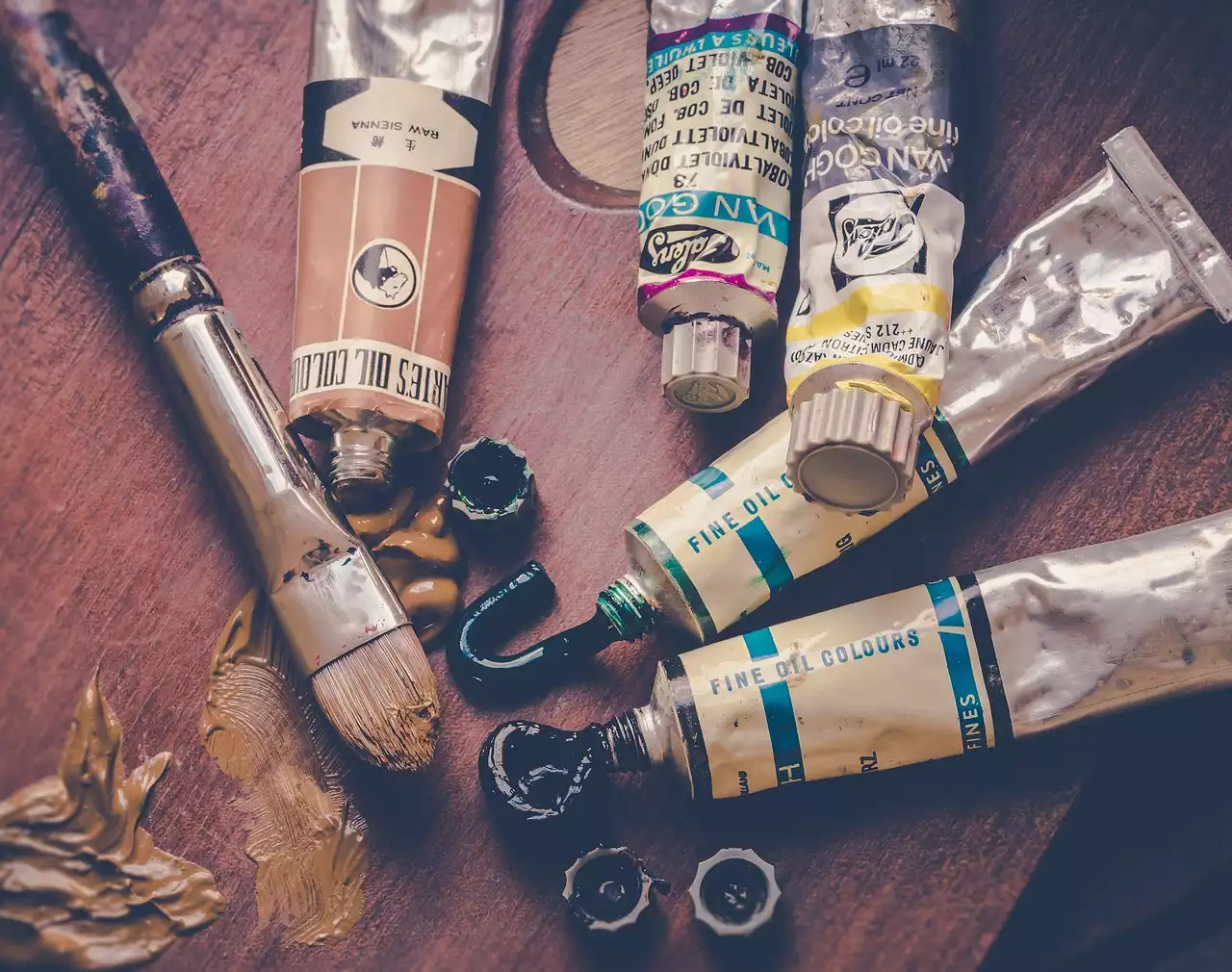
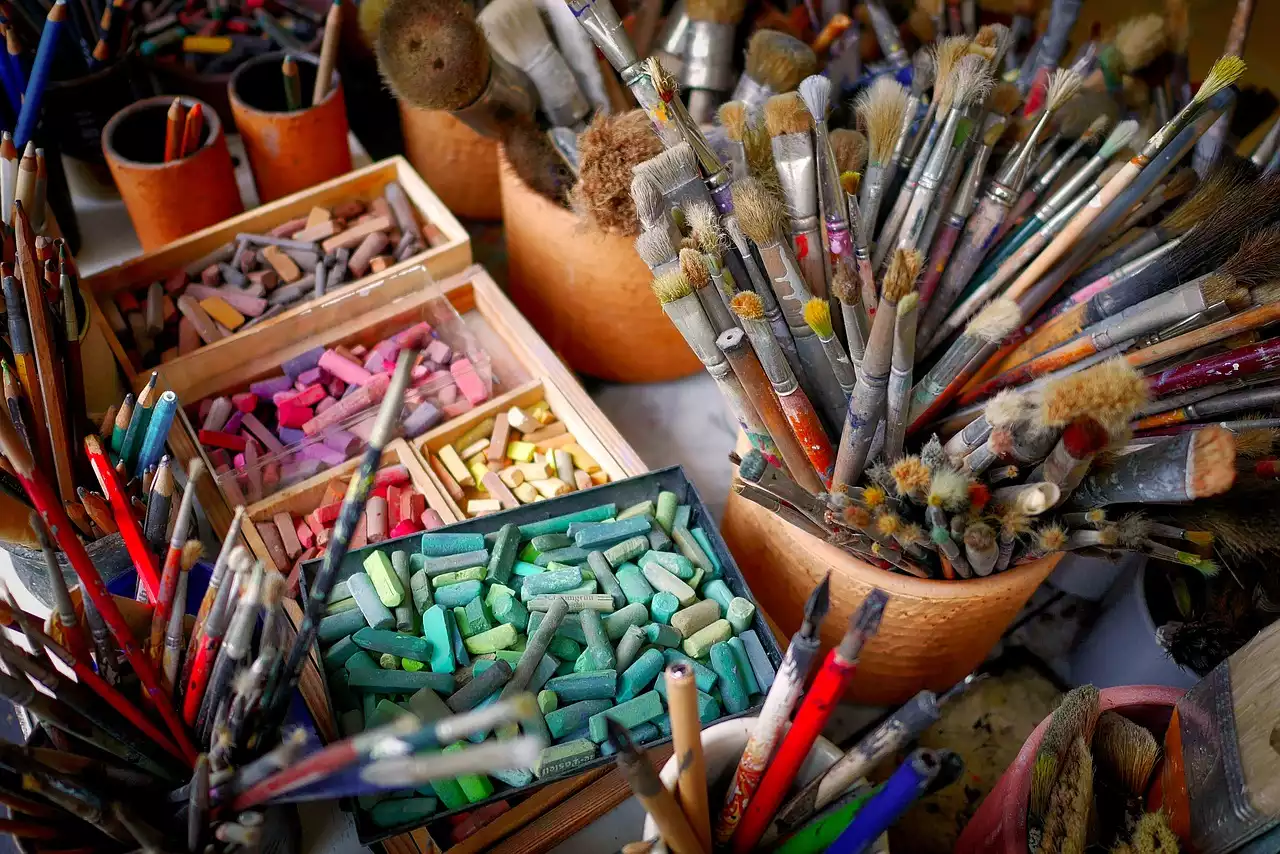
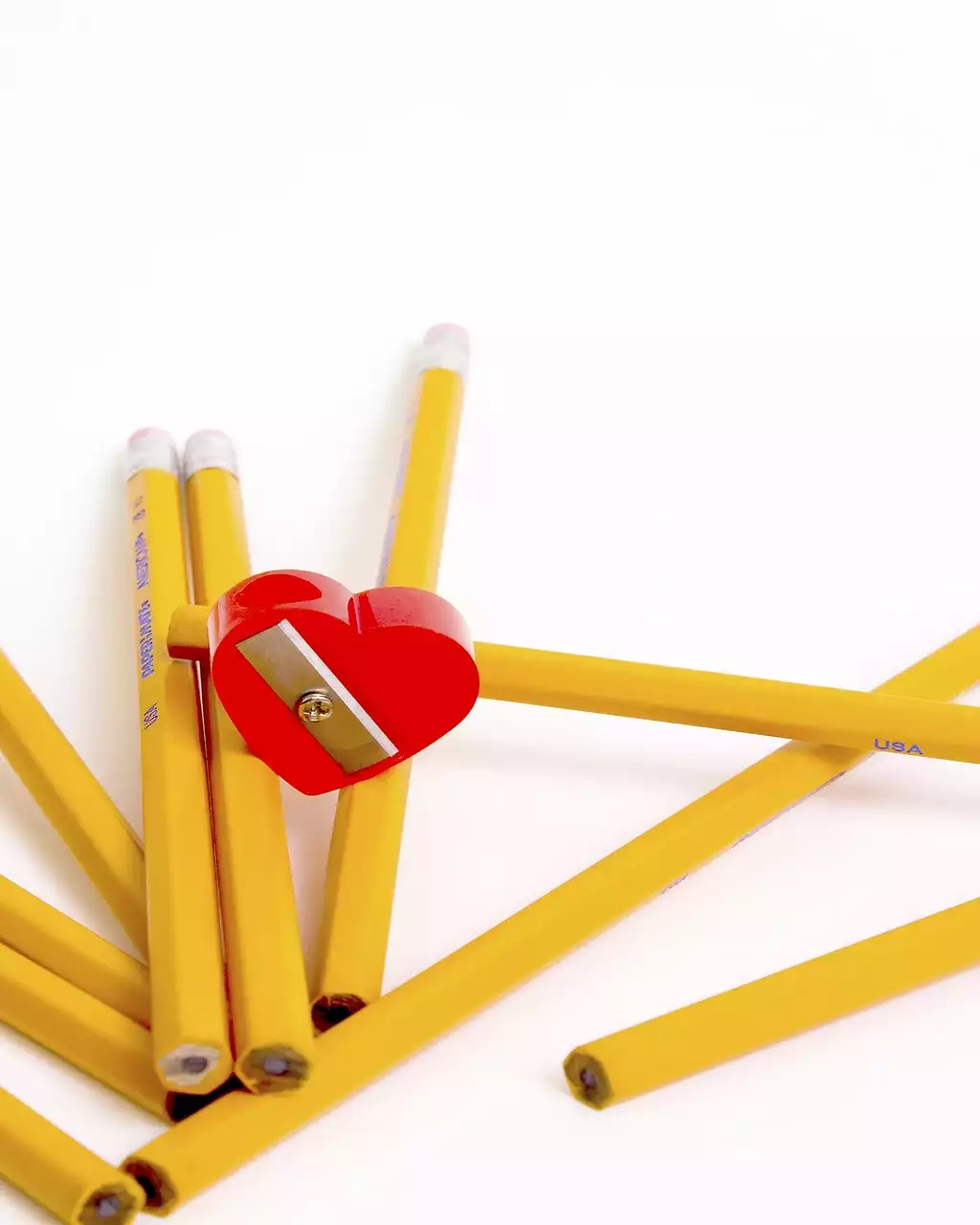
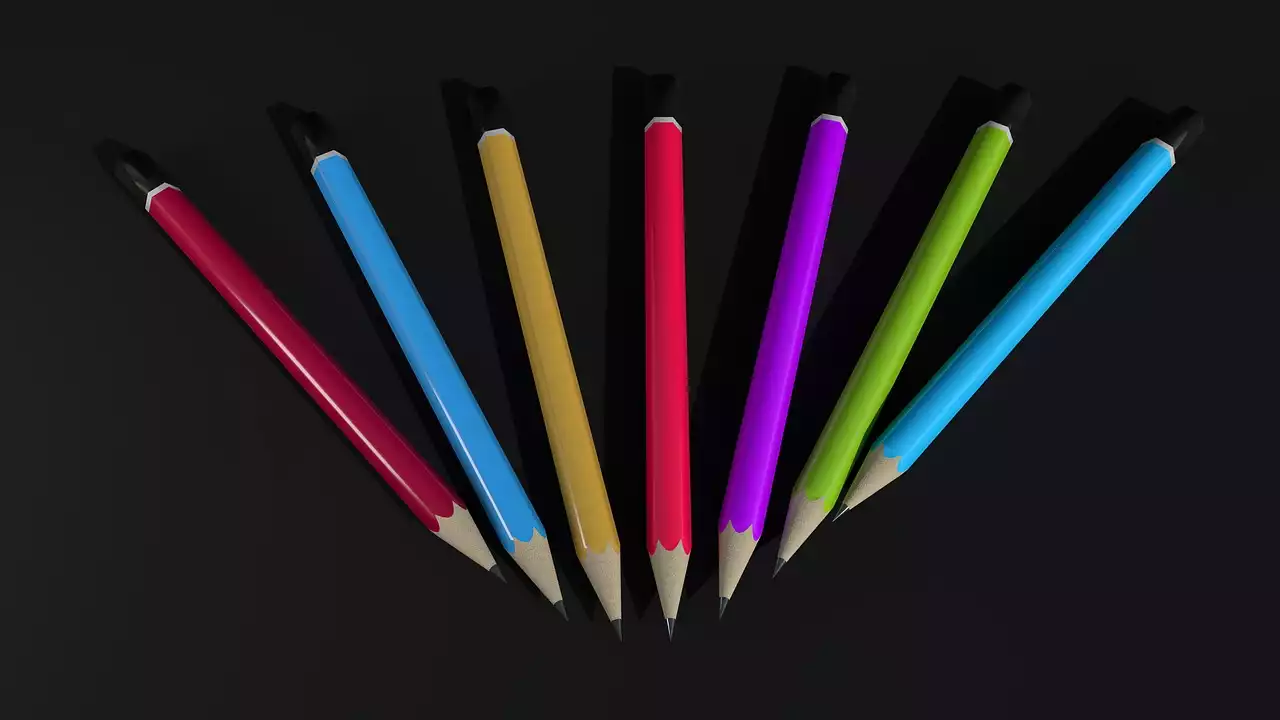
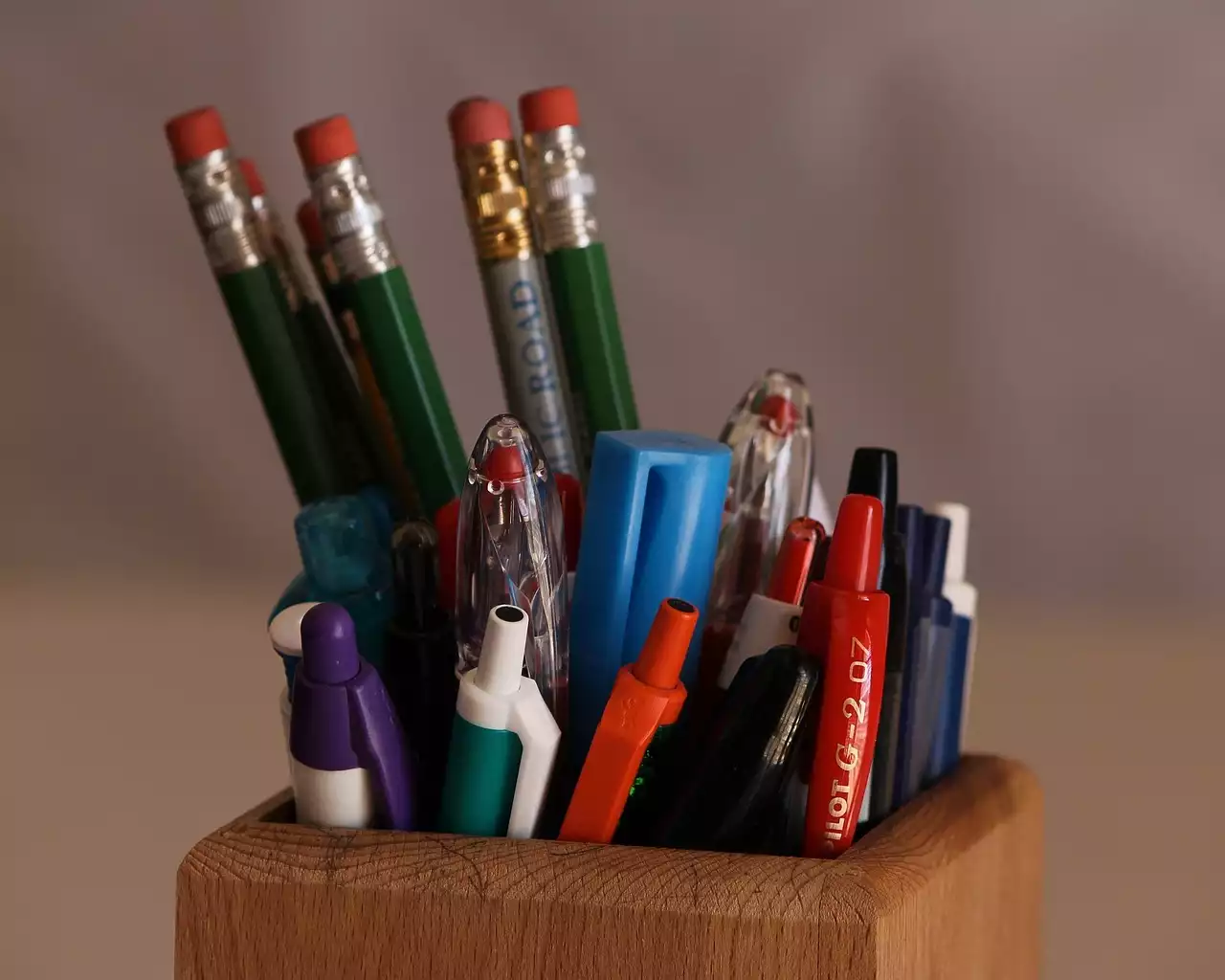

.png?size=50)



